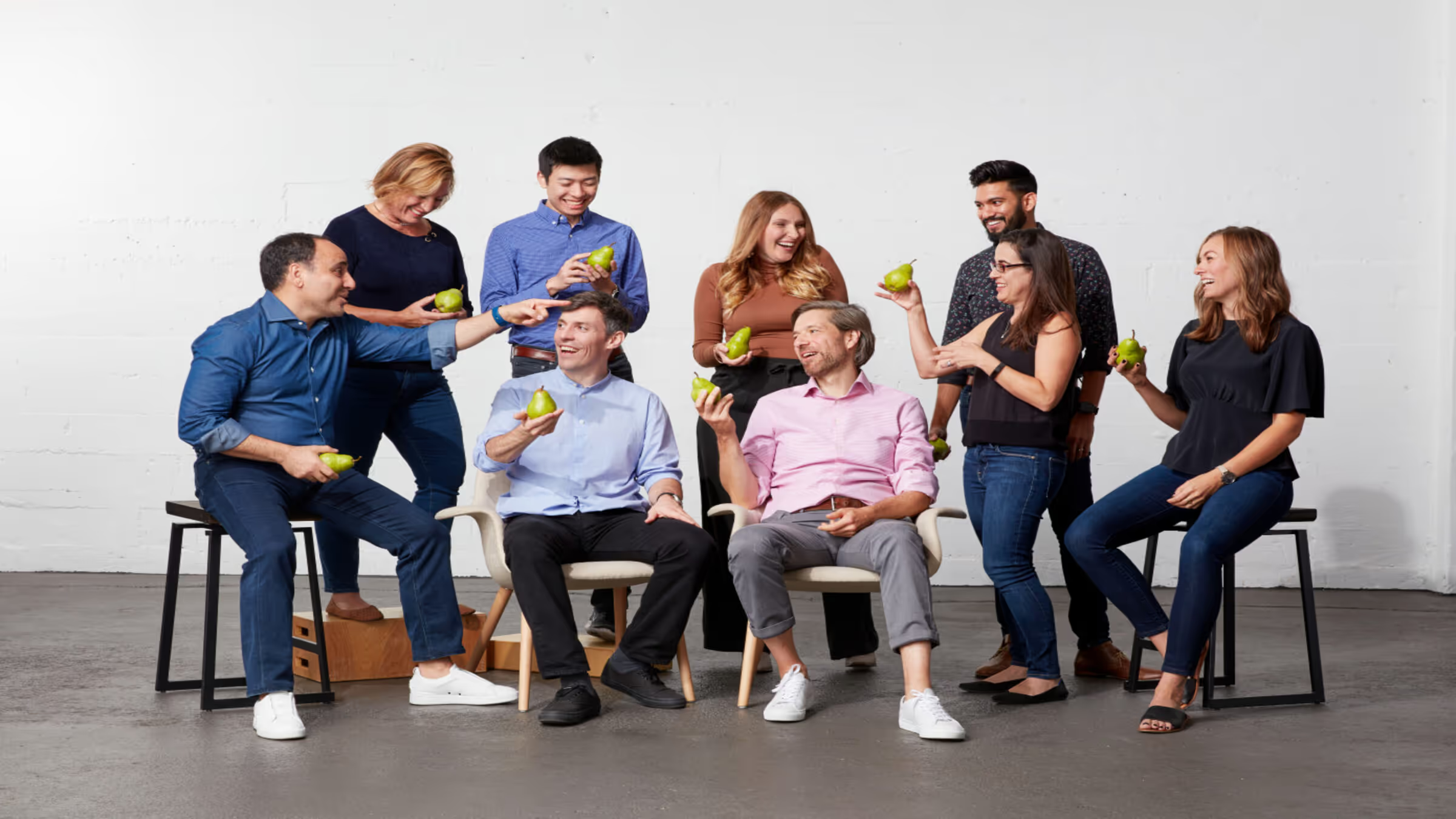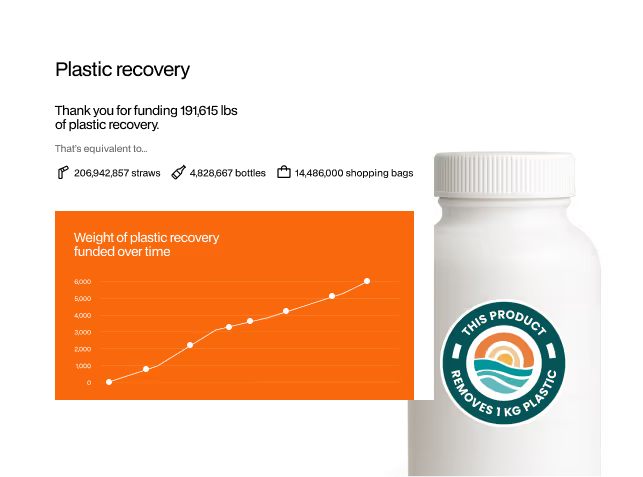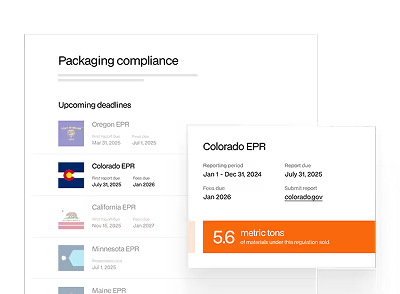The Sustainable Packaging Coalition (SPC) is the leading voice on sustainable packaging, and known for the diversity of members. Its meetings are a fantastic opportunity to engage with leaders from across the plastics value chain, and collaborate on solving the plastic pollution crisis. Where else could you have plastic resin converters, consumer goods product (CPG) brands, retailers, and end-of-life destination facility managers all around the same table?
I enjoyed the opportunity to discuss various challenges and opportunities for a sustainable future at SPC in Austin, Texas April 2023. Here are 4 things that the team and I took away from the event.
1. Designing for the future means more than just recyclable packaging
Let’s start with the basics. At the event, discussions were held about designing packaging in ways that represent today’s sustainability concerns and challenges.
- Source reduction is still an optimal solution. This means removing material use in-part or entirely through designs that eliminate the need for packaging.
- Recyclability and circularity also remain critical. Use of post-consumer recycled (PCR) plastic in design can help to drive more circular solutions (though work needs to be done to make the market for PCR more stable).
- We need to consider material life cycles. Beyond recyclability or material use, associated GHG emissions and packaging’s contribution to net zero goals are increasingly on the agenda. Businesses should consider the full lifecycle evaluation of packaging to identify and reduce any greenhouse gas emissions associated with packaging, along with considerations around water use and end of life destination impacts.
- Leakage into the environment is increasingly a consideration. Packaging design should prevent any unintentional leakage of recyclable materials into the environment. This means understanding consumer behavior.
2. Brands need to understand consumer behaviors
We were reminded that for packaging to be truly sustainable involves more than just materials and recyclability. Businesses also need to account for packaging design and consumer behavior.
We know that consumers are on-board with sustainable packaging in principle. Every survey shows that consumers will purchase more sustainable products, even at a premium price. Consumer research shows that there are concerns about the amount of packaging used for e-commerce purchases, desires for more plant-based packaging, and for brands to generally step-up the sustainability of their packaging.
But, of course, the data doesn’t always reflect this as the realities of day-to-day life and economic complications muddy the waters.
For example, compostable packaging is potentially a great innovation. But what if only a tiny fraction of consumers are able and willing to compost packaging at home? Or what if packaging requires industrial composting infrastructure that is severely lacking. These scenarios could mean that packaging ends up in landfill, and its compostability is not contributing to a more sustainable packaging landscape.
Expecting customers to change their behaviors is not the answer. As an immediate step, brands need to lean into current behaviors and understand how customers will treat the packaging. In the longer term, sensitization and education of customers can play an important role. Either way, it is brands that need to take a leadership role on sustainable packaging to stay ahead of the curve, rather than waiting for a backlash from consumers or retailers.
3. Life Cycle Assessments are entering the digital age
Packaging decisions can be very difficult. Choosing glass over plastic might be a boost for recyclability, but it might also take more energy to produce and transport the product, for example. To unpick these complications, life cycle assessments (LCA) have been used to support decision-making on an environmental basis.
Experts at the event discussed the limitations of traditional life cycle assessments (LCA) and the need to shift towards new frameworks that can support with the more nuanced aspects of LCAs.
The Quantis SPHERE framework, for example, includes science-based circularity and recyclability indicators. This can ensure that things like plastic leakage, the use of virgin vs renewable vs recycled content, and end recyclability, are fully factored in.
Further to that, digital tools such as The Recycling Partnership’s National Recycling Database and Circular Packaging Assessment will be instrumental in quantifying packaging sustainability.
4. Extended Producer Responsibility programs still need work
Policy can play an important role in shaping the future of packaging, and support more sustainable initiatives.
However, despite the fact that the policy landscape is still under development, it is not without its complexities. McKinsey curates a packaging sustainability database for packaging regulations – there are now 84 policies in the USA around reducing, recycling, and recycling content.
Extended Producer Responsibility is a much-vaunted area of policy that could have a significant impact on packaging. The basic principle is that whoever is producing packaging is responsible for any associated environmental costs. This - in theory - would provide a financial incentive for more sustainable and circular packaging solutions.
At the moment, EPR programs no one knows exactly how EPR will impact brands in the US. The cost of EPR programs will vary across states due to different fee structures
Experts at the event suggested that EPR is not a panacea. Other developments are required alongside EPR programs, and EPR policies should be evaluated based on a system's maturity, rather than taking out a blanket approach.
Evidence from outside the US has found that some EPR schemes are under-delivering. The example of Canada's $19 million paper laminate cup recycling investment was given, which - despite the investment over decades - didn’t shift the recycling rate above 1% of cups recycled.
.avif)
What happens next?
Packaging trends continue to evolve. Even in the short space of time I have been monitoring the industry, the focus has shifted from increasing recyclability, to source reduction, and now to post-consumer recycled content integration.
But despite welcome developments, there has not yet reached a point where packaging – as a whole – has started to reverse its contribution to the problem. In fact, around three-quarters of businesses have some form of sustainable packaging commitments, but analysis suggests that only one-third are well-prepared to meet them.
So what can we do?
- It is clear that design innovation is essential for optimal environmental and social benefit.
- We can embrace digital tools to support decision-making in material selection and design.
- Consumer lifestyles and use of packaging needs to be well understood so that brands are working with their customers, rather than innovating in silos.
- Policies need to be made simple for brands to follow, piloted to test effectiveness, and evaluated to make sure that they contribute to more sustainable packaging in the long run.
A final thought: Sustainable packaging needs to be inclusive, considering the needs of the 72% majority of people who live with or experience a disability at some point in their lives.
-

.avif)
.avif)
.avif)








